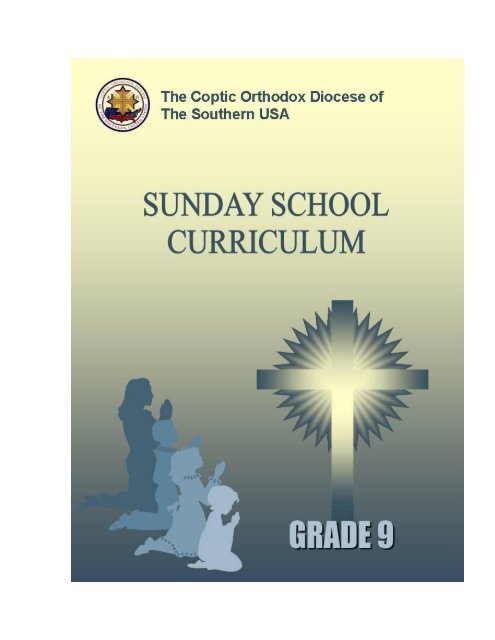

Man failed to acknowledge this moment and instead left a pregnant woman to deliver out in the cold, but the rest of creation reacted, with the earth offering the cave and a star declaring His presence all of nature is bowing to the creator. This is a hugely important scene and I love the wording because it intensifies the mystery. “The earth presents the cave to Him who is beyond reach”. To look upon God would cause you to die yet He is in the womb and St Mary is blessed and made worthy. How can the entire ocean fit inside one cup? Yet something more amasing has just happened. Hear these words for God is everywhere and in all things yet on this day He is being born a baby. “Today, the Virgin bears Him who is transcendent”. The hymn is a proclamation of the birth of Christ so it starts with “today”, in this moment we must bear witness to Our Lord on earth. Jubilation will follow but now is the moment we are in awe. The tune is soft and simple because it is the time to be in amazement before the birth of the Lord. It has no cymbals because this event was not announced in spectacular fashion it was quiet. On the feast of the Nativity to help us not miss this extraordinary event and to help us feel some of the spiritual wonder of the incarnation we sing the hymn E-parthanous.įollowing the reading of Acts we pause to sing this hymn. The Magi make their way to Him by a star.įor a new child has been born for us, the God before all ages” Dawood, edited by Alexander A-Malek.“Today, the virgin bears Him who is transcendent,Īnd the earth presents the cave to Him who is beyond reach.Īngels, along with shepherds glorify Him. Mikhail, Deacon Albair Gamal, The Essentials in the Deacon’s Service, (Shobra, Egypt: Shikolani, 2002), p.210. May the blessings of this month be with us all, and to our God belongs glory and honor forever, amen. If there was enough time, whatever is appropriate from the spiritual songs of the month of Kiahk may be chanted, and the prayer is concluded as usual. In the conclusion, the communion hymns are chanted in the Kiahk tune, and the hymn `Fem`psa gar is chanted on Sundays, while }par enoc is chanted on the rest of the days. The Fraction prayer during the month of Kiahk is that of the Feast of the Nativity. As for the Saturdays and Sundays of the month of Kiahk, the Canonical Hours of the Third and Sixth hours only are prayed, and the hymns =A=l vai pe pi and Tai souri are chanted. Note that during all the weekdays of the month of Kiahk, except on Saturdays and Sundays, the Canonical Hours of the Third, Sixth and Ninth hours are prayed, and the hymns =A=l je `vmeu`i and }souri are chanted, considering the Fast of the Nativity. In the Offering of Incense, the stanzas specific to the month of Kiahk are chanted in the verses of the cymbals and the Doxologies of Kiahk are also prayed. RiteĪs for the rite of the month of Kiahk, it is similar to the year-round rite in terms of order, with the exception of the hymns and responses chanted specifically for the month of Kiahk. It is also important to note that if the 30th of Kiahk was a Sunday, the readings of the 30th of Kiahk are read, and not the readings of the fifth Sunday, since it is repeated and does not suit the following day of the glorious Feast of the Nativity. As for the 27th of Kiahk, if the Paramony happened to be on that day, the readings of the 28th of Kiahk are read on that day. In addition, the readings are repeated again on the 29th of Kiahk, even if was on a Sunday. If the Feast of the Nativity happened to be on the 28th of Kiahk, instead of the 29th of Kiahk, the readings of the 29th of Kiahk are read during the feast, since the 29th of Kiahk is the original feast day. If the Paramony of the Nativity was more than one day, it is necessary to repeat the readings of the Paramony during these days, even if it was on a Sunday. For this reason, there was an immense concern for having special hymns in the church during this month, and so the tune of the hymns chanted especially during this month are called the “Kiahk tune.”Īs for the readings of the month of Kiahk, if the month is not four weeks before the Paramony of the Nativity, the last Sunday of the month of Hathor is taken instead of the first Sunday of the month of Kiahk. This month has a special place in our Coptic Orthodox Church, for it is a month of preparation for the glorious Feast of the Nativity. The month of Kiahk is called the “Marian month” because of its association with the great saint Mary, the Theotokos.


 0 kommentar(er)
0 kommentar(er)
